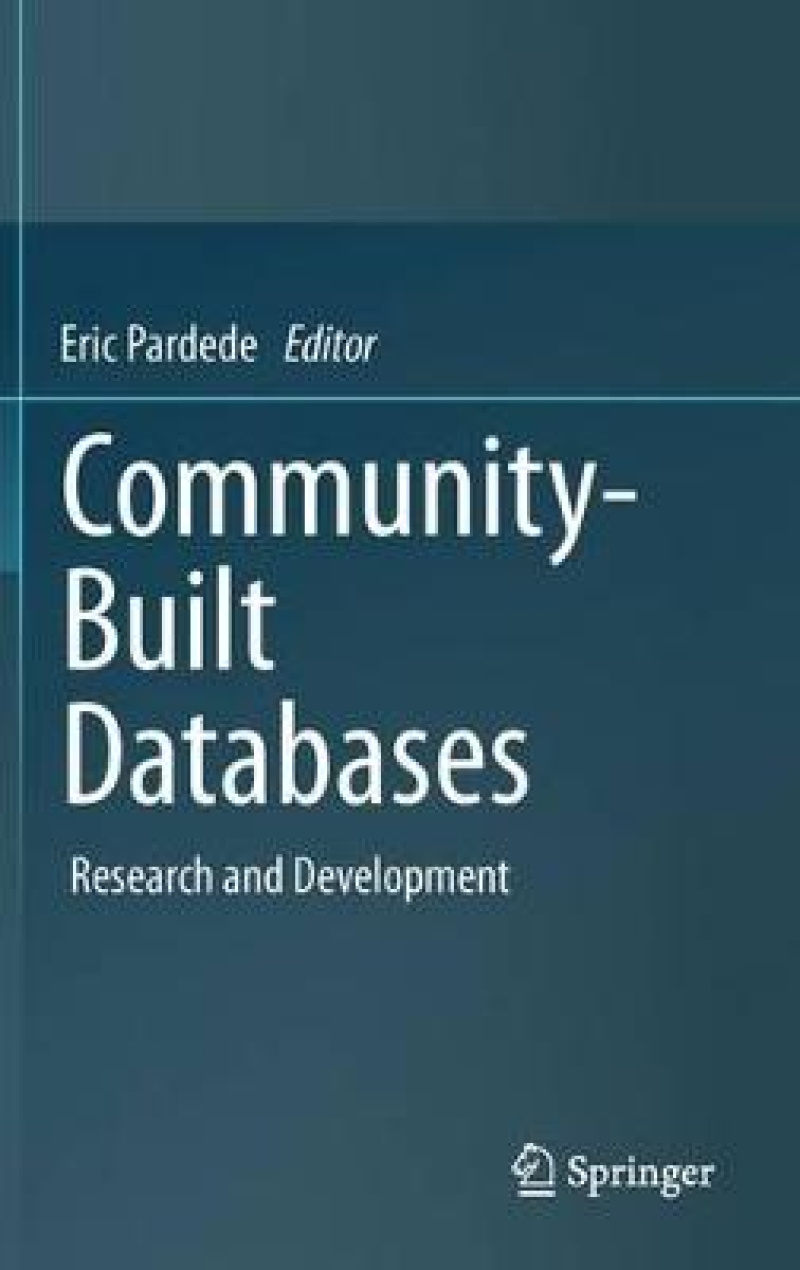Wikipedia, Flickr, You Tube, Facebook, LinkedIn are all examples of large community-built databases, although with quite diverse purposes and collaboration patterns. Their usage and dissemination will further grow introducing e.g. new semantics, personalization, or interactive media.Pardede delivers the first comprehensive research reference on community-built databases. The contributions discuss various technical and social aspects of research in and development in areas like in Web science, social networks, and collaborative information systems.Pardede delivers the first comprehensive research reference on community-built databases. The contributions discuss various technical and social aspects of research in and development in areas like in Web science, social networks, and collaborative information systems.
Les mer
The contributions discuss various technical and social aspects of research in and development in areas like in Web science, social networks, and collaborative information systems.Pardede delivers the first comprehensive research reference on community-built databases.
Les mer
Section I: Community-Built Databases: Standard and Technologies Section II: Community-Built Databases: Storage and ModellingSection III: Social Aspect of Community-Built DatabasesSection IV: Community-Built Databases ApplicationsSection V: The Future of Community-Built Databases
Les mer
Communities have built collections of information in collaborative ways for centuries. Most recently, Wikipedia is the most prominent example of how collaborative efforts can be powerful in building massive data storage. Other global member-built media data storage examples include Flickr and YouTube, and social networking applications such as Friendster, Facebook, and LinkedIn, which share information between members in large unstructured information pools.These platforms are obviously only small first steps, and there are many more opportunities to be unleashed using additional semantics, new interactive media, personalization, enhanced cross-references, and other approaches. There is immense potential for creating and sharing more structured data through the Web.This book, edited by Pardede, addresses the need for a comprehensive research reference on community-built databases. The contributions do not focus on only one database area or only one domain, rather they discuss various technical and social aspects of research in and development of community-built databases. In doing so they provide information on relevant research in Web science, social networks, and collaborative information systems, and they also provide pointers to further research paths.Overall, this book provides comprehensive reading material for a wide-ranging audience of researchers in database systems, Web-based collaboration tools, and Web science.
Les mer
First book to combine social and technical aspects of community-built databases Discusses issues of social networks and Web communities independent of a specific platform or product Opens up new research in areas such as Web science, social networks, distributed databases, and collaborative information systems Includes supplementary material: sn.pub/extras
Les mer
GPSR Compliance
The European Union's (EU) General Product Safety Regulation (GPSR) is a set of rules that requires consumer products to be safe and our obligations to ensure this.
If you have any concerns about our products you can contact us on ProductSafety@springernature.com.
In case Publisher is established outside the EU, the EU authorized representative is:
Springer Nature Customer Service Center GmbH
Europaplatz 3
69115 Heidelberg, Germany
ProductSafety@springernature.com
Les mer
Produktdetaljer
ISBN
9783642190469
Publisert
2011-05-21
Utgiver
Vendor
Springer-Verlag Berlin and Heidelberg GmbH & Co. K
Høyde
235 mm
Bredde
155 mm
Aldersnivå
Research, P, 06
Språk
Product language
Engelsk
Format
Product format
Innbundet
Redaktør
Biographical note
Eric Pardede is a lecturer at La Trobe University, Melbourne. He has authored more than 30 research papers that were published in international journals and conference proceedings. His current research areas are XML databases, community-built databases, and health informatics.
